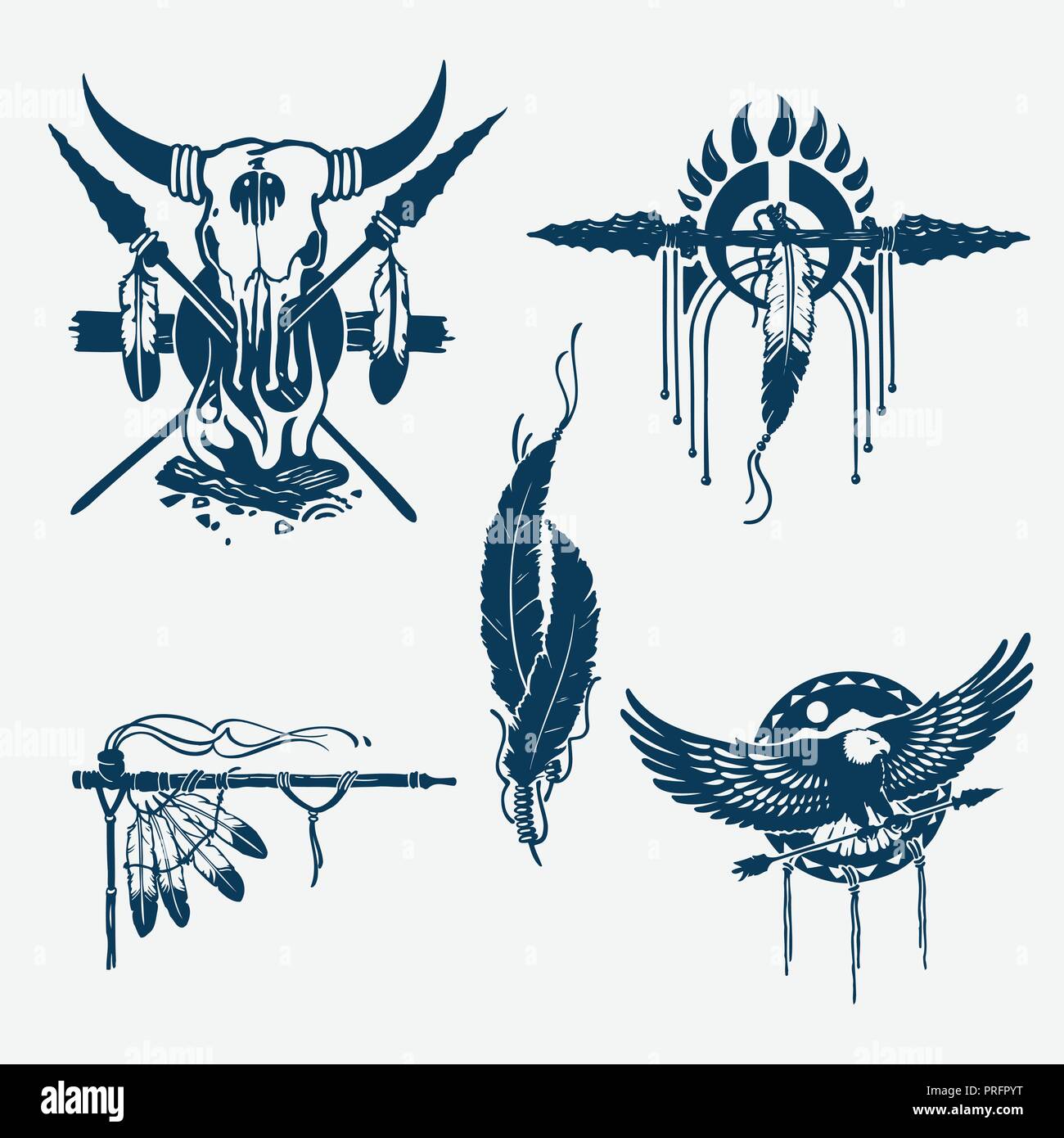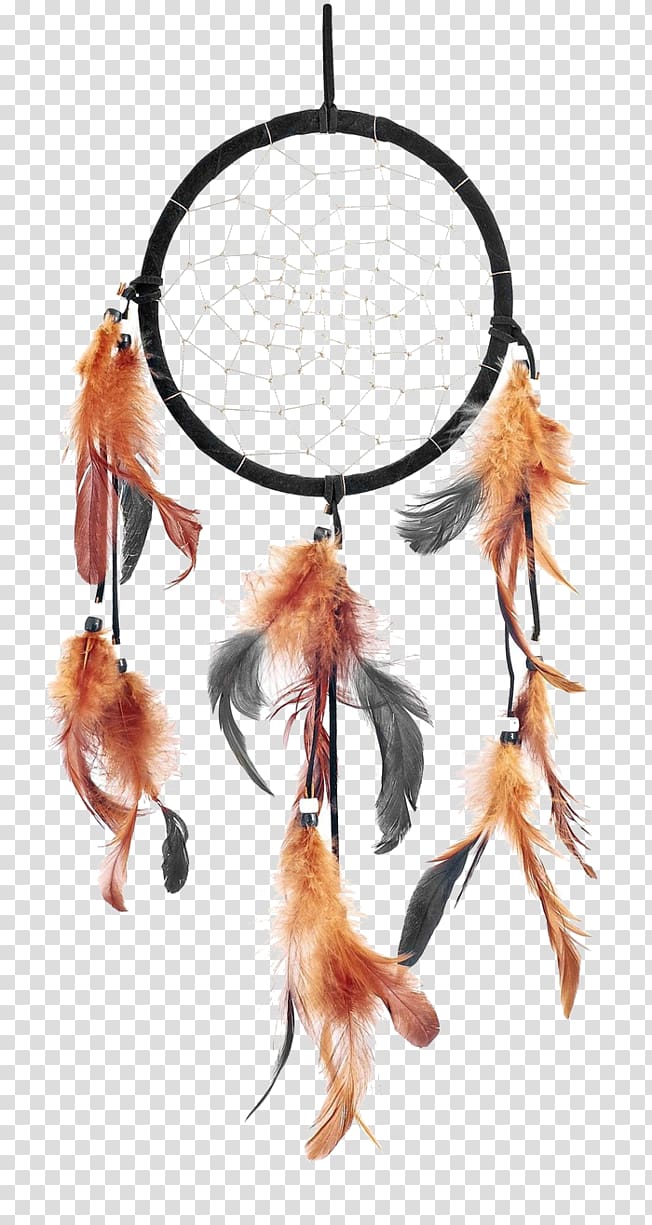Long ago when the world was young, an old Lakota spiritual leader was on a high mountain and had a vision. In his vision, Iktomi, the great trickster and teacher of wisdom, appeared in the form of a spider. Iktomi spoke to him in a sacred language that only the spiritual leaders of the Lakota could understand. As he spoke Iktomi, the spider, took the elder's willow hoop which had feathers, horse hair, beads and offerings on it and began to spin a web.
He spoke to the elder about the cycles of life...and how we begin our lives as infants and we move on to childhood, and then to adulthood. Finally, we go to old age where we must be taken care of as infants, completing the cycle. 'But,' Iktomi said as he continued to spin his web, 'in each time of life there are many forces -- some good and some bad. If you listen to the good forces, they will steer you in the right direction. But if you listen to the bad forces, they will hurt you and steer you in the wrong direction.' He continued, 'There are many forces and different directions that can help or interfere with the harmony of nature, and also with the great spirit and all of his wonderful teachings.'
May 15, 2018 “Dream catchers (webbed and beaded circles hung with feathers from the base of the circle) have long been a part of Native American religion, lore, and art. They have caught on within the New Age movement into popular culture.

- The Legend of the Dreamcatcher A Chippewa Legend. A spider was quietly spinning his web in his own space. It was beside the sleeping space of Nokomis, the grandmother. Each day, Nokomis watched the spider at work, quietly spinning away. One day as she was watching him, her grandson came in. He shouted, glancing at the spider.
- Dream Catcher DK 3953 Blackfoot. Product SKU: 285-3953. Description; Dreamcatcher is the first of the new yarns from Stylecraft for.
All the while the spider spoke, he continued to weave his web starting from the outside and working towards the center. When Iktomi finished speaking, he gave the Lakota elder the web and said....'See, the web is a perfect circle but there is a hole in the center of the circle.' He said, 'Use the web to help yourself and you people to reach your goals and make use of your people's ideas, dreams and visions. 'If you believe in the great spirit, the web will catch your good ideas -- and the bad ones will go through the hole.'
The Lakota elder passed on his vision to his people and now the Sioux Indians use the dream catcher as the web of their life. It is hung above their beds or in their home to sift their dreams and visions. The good in their dreams are captured in the web of life and carried with them...but the evil in their dreams escapes through the hole in the center of the web and are no longer a part of them.
They believe that the dream catcher holds the destiny of their future.
A Sioux Legend
Dream Catchers |
| 1. Start with a 2 - 6 ft. length of fresh Red Willow (Red Osier Dogwood), or soaked Grapevine (dried grapevine is available in the craft department of many stores) Carefully bend the vine around to form a circle with a 3 - 8 in. diameter. You decide on the diameter, but traditionally dreamcatchers are no wider than adult's hand. 2. If you are using thin Red Willow or grapevines, twist the piece you are bending, around the circle you have made to strengthen the hoop. |
| 3. Use 4-16 ft. of strong but thin string (the length is determined by the diameter of the hoop). Knot a loop in one end from which you will hang your dream catcher when it is done. 4. Tie the hanging loop around the top of your dream catcher (or at the weakest point of your hoop). |
| 5. The dream catcher repeats the same stitch from start to finish. To start, hold the string and place it loosely over the top of the hoop. Move the string around to the back of the hoop (forming a hole) and pull the string back through the hole you just made. |
Blackfoot Dreamcatchers

| 6. Pull each stitch taught but not too tight or it will warp the hoop of the dream catcher and it will not lie flat when it is done. |
| 7. Continue the same stitch for the first round around the hoop of the dream catcher. Space the stitches evenly, about 1 1/2 to 2 in. apart (making 7 to 13 stitches around the hoop). 8. The last stitch of the first round should be placed about a half inch away from the the hanging loop. |
| STITCH FOR THE SECOND ROUND: 9. On the second and subsequent stitching rounds, place the string around the center of each stitch from the previous round (rather than around the hoop). 10. As you pull each stitch tight, the string from the previous round should bend towards the center of the hoop slightly, forming a diamond shape. You should see the spider web beginning to form. 11. On the third or fourth round add a bead to represent the spider in the web. Simply place the bead on your string and continue stitching as usual. |
| 12. Continue stitching towards the center of the hoop. Eventually, the stitches become so small that it is difficult to pass the string through. Make sure you leave a hole in the center of the dreamcatcher. 13. Stop stitching at the bottom of the hole in the center of the dream catcher. End by stitching twice in the same place, forming a knot, and pull tight. |
| 14. You should have 6 - 8 in. of string to tie 2 or 3 feathers which dangle from the center of the dreamcatcher. Tie on 2 or 3 feathers and knot. |

Blackfoot Dream Catchers

| 15. Wrap a 1 in. square of felt around the knot of string and over the base of the feathers. Tie two 4 In. pieces string around the wrapped felt. 16. Hang over sleeping place. Sweet Dreams!! |
Branches, Twigs & Roots Bibliography and Books to Buy On-Line

| Text and Graphics © 1994 - Tara Prindle unless otherwise cited. |